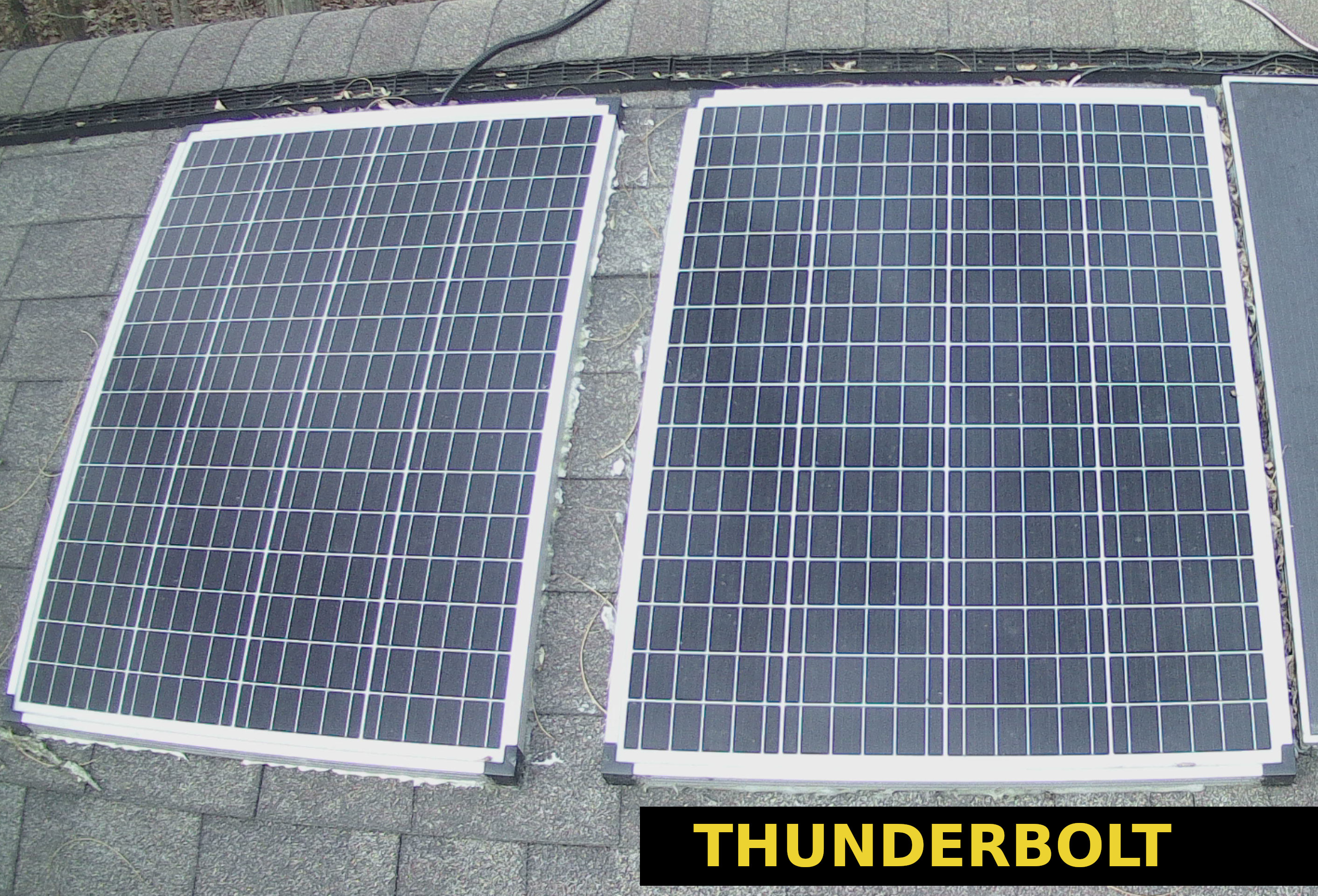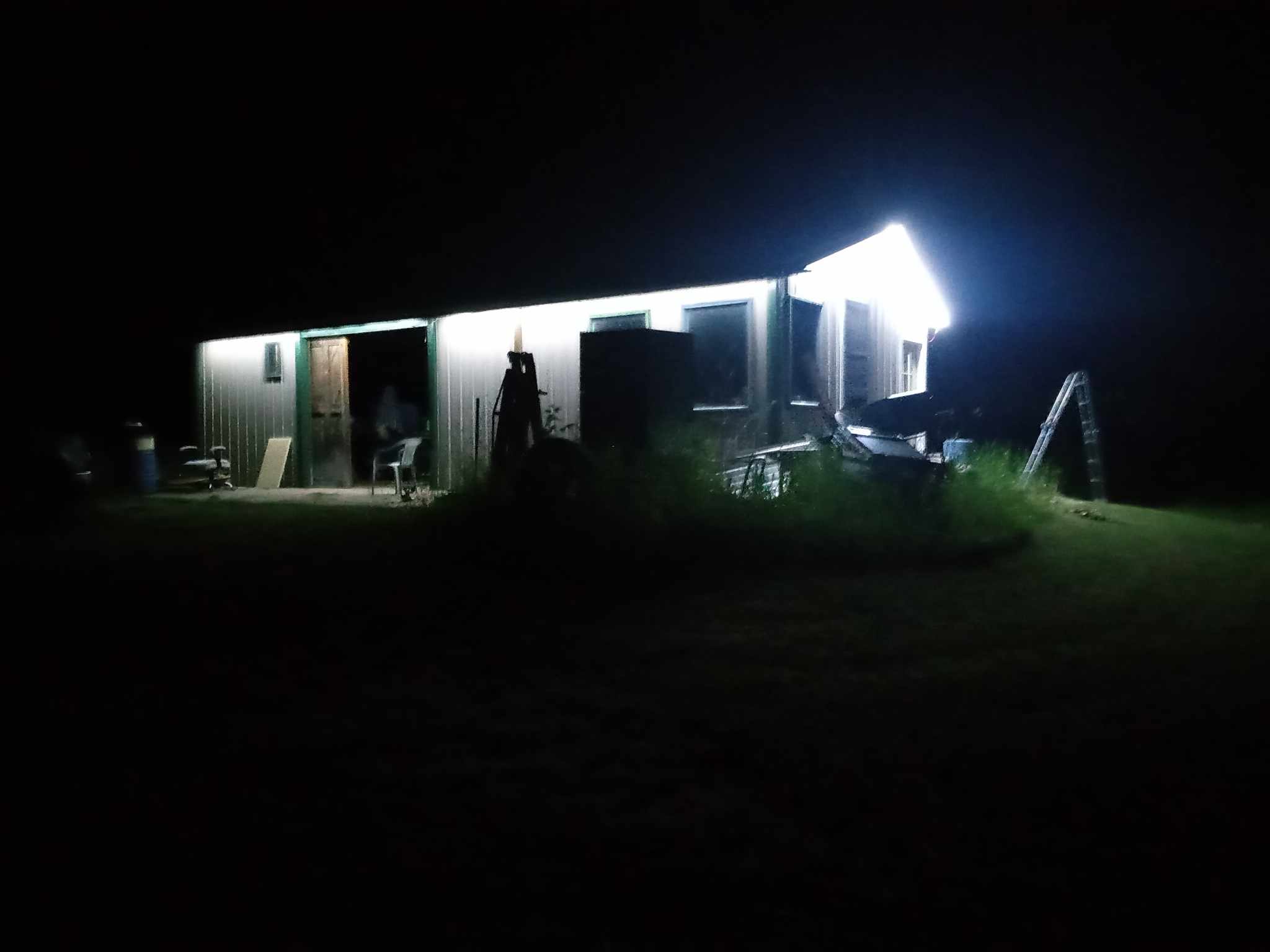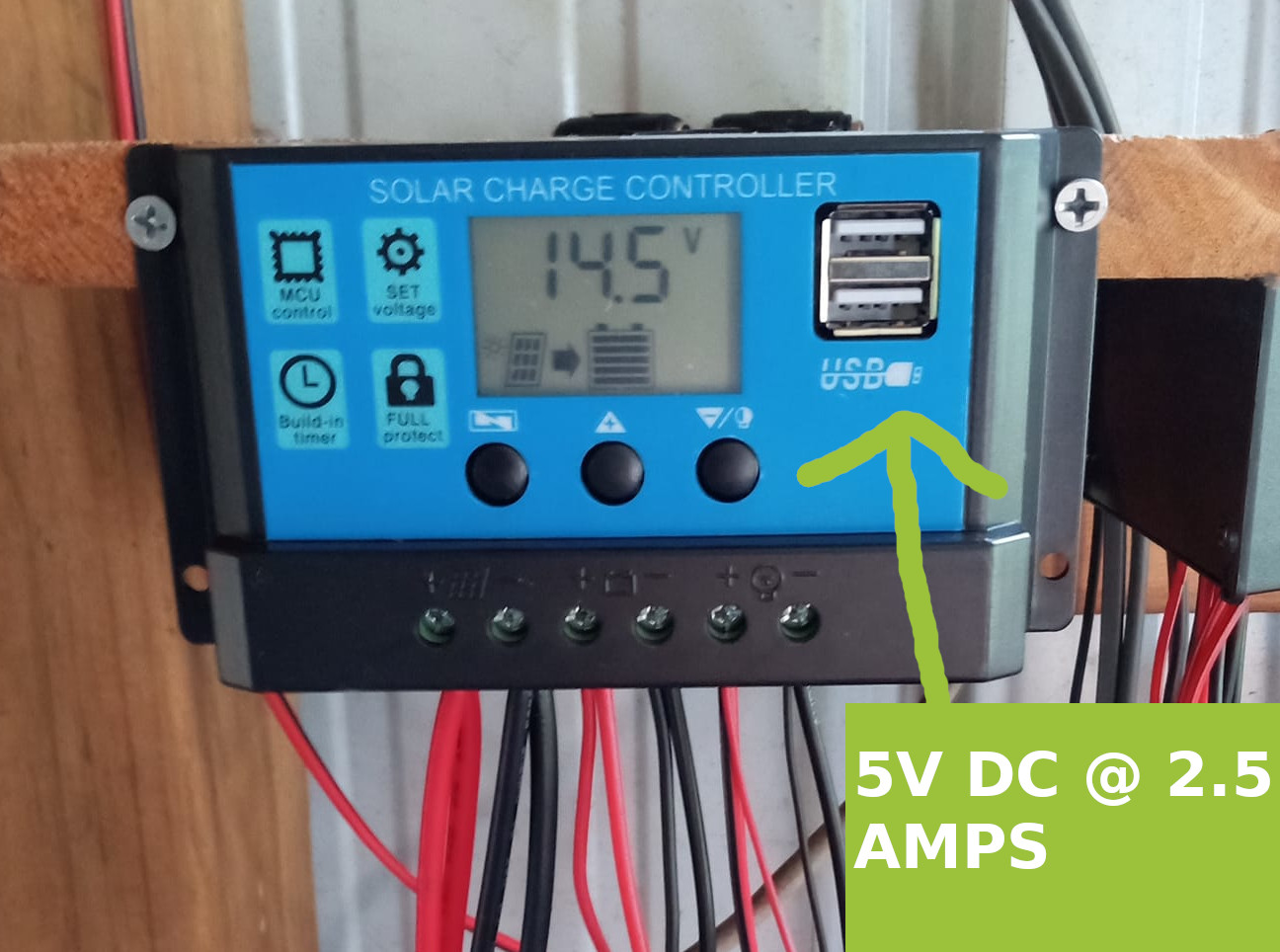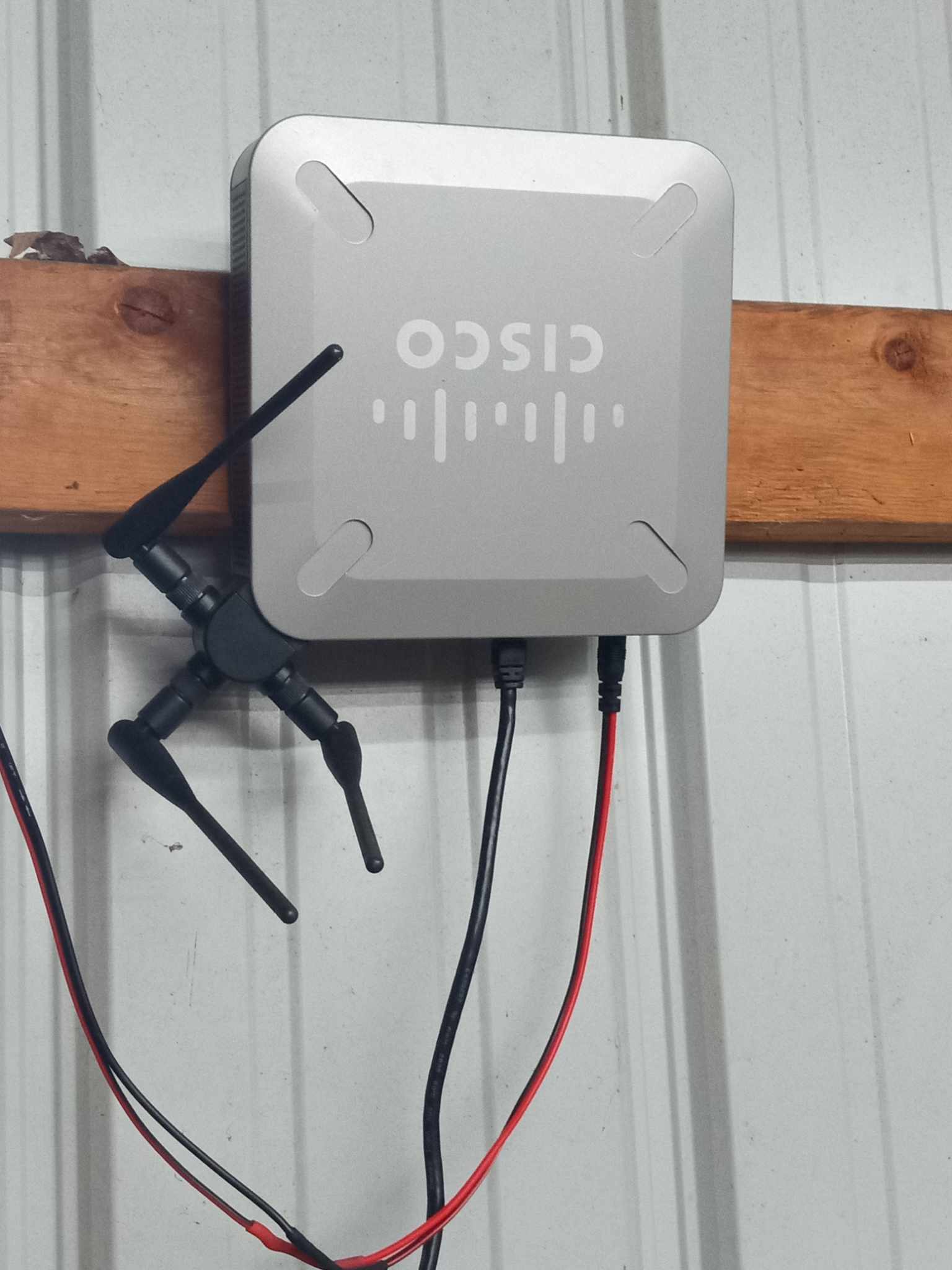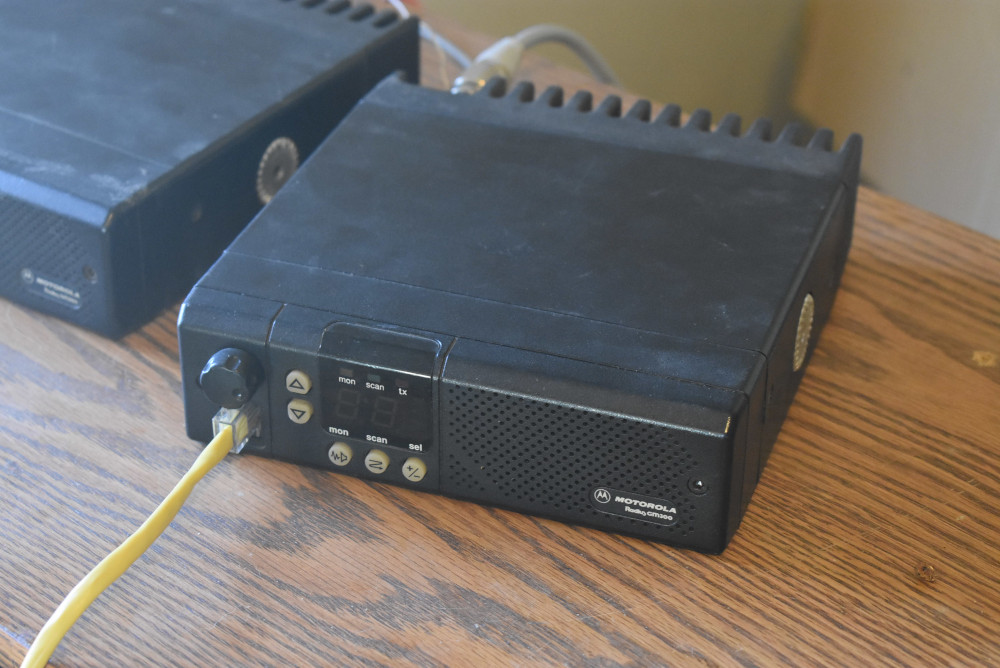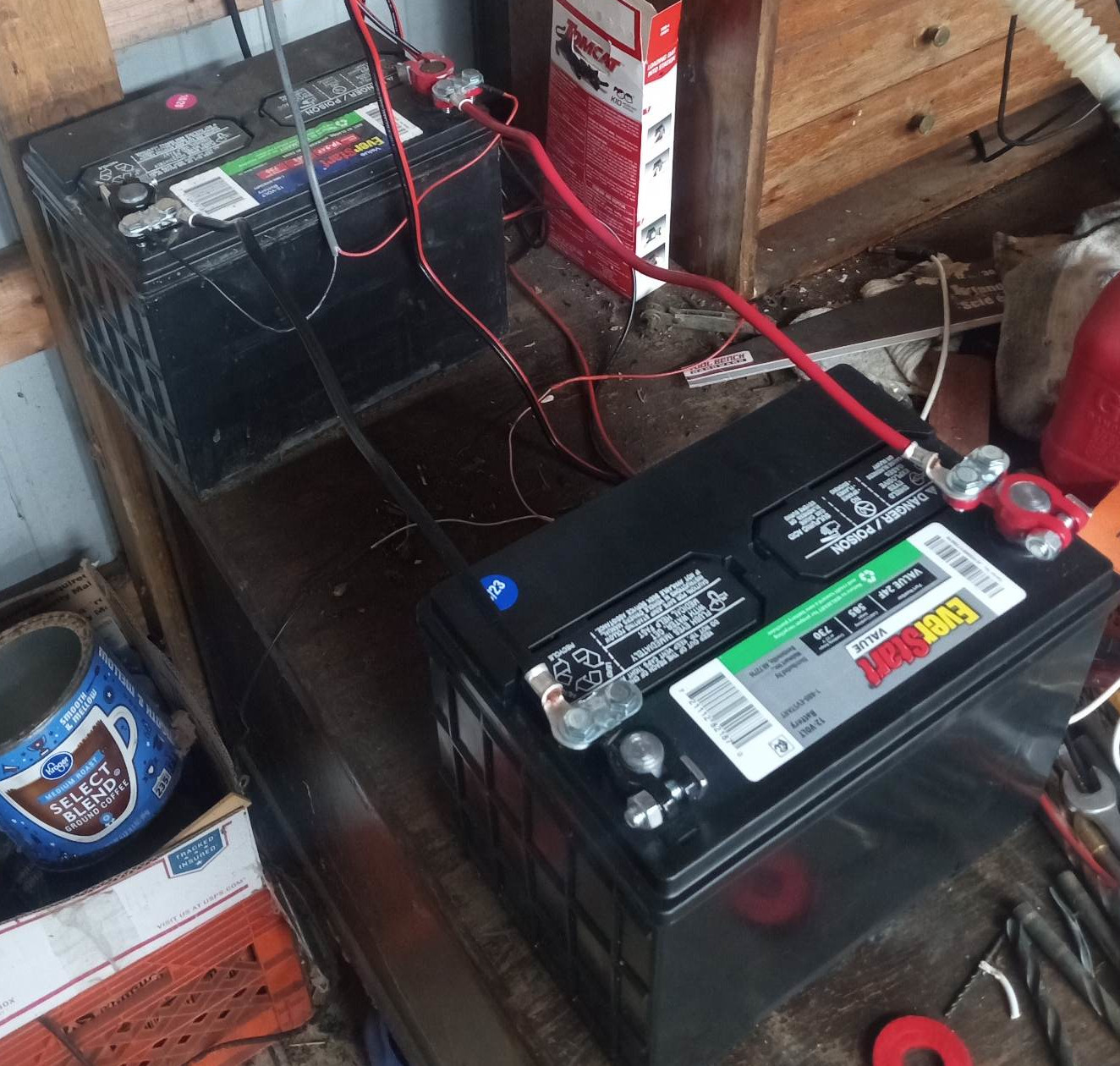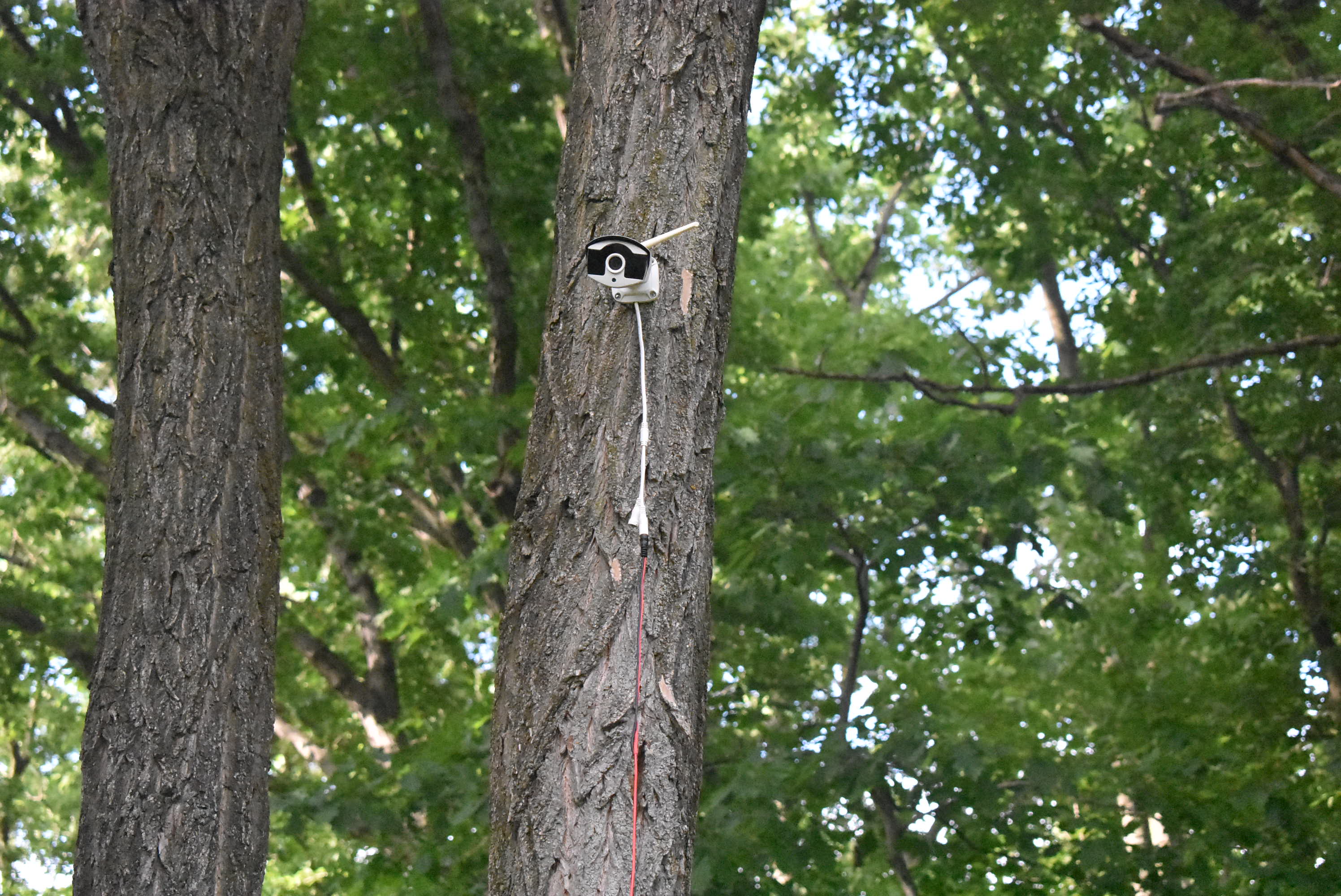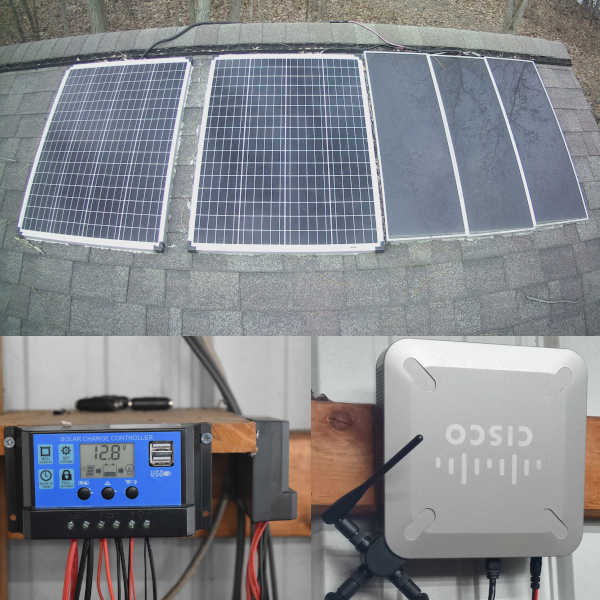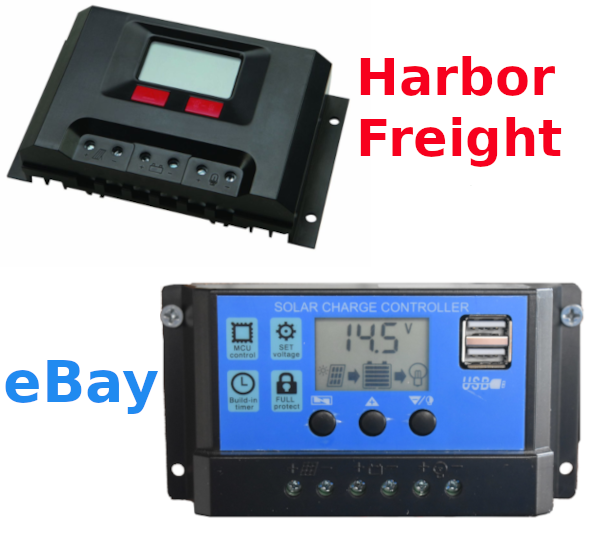-
7 Practical applications for 100 Watt harbor freight solar panel
My solar system has been in production since late June early July of 2023. So far it has proven to work out for me in terms of out door lighting and keeping my lead acid car batteries charged. I have come through trials and tribulations since then experimenting with it and keeping the batteries charged.
As of this point I am mostly impressed with my solar system. Here are 6 practical applications for Harbor Freight's 100 Watt solar panel, 57325. Some of these ideas require the use of a charge controller and battery. These applications would plug into the load side of an MPPT charge controller OR 5V USB port. This comprehensive list is subject to grow as I learn more about solar energy.
What can the Harbor Freight 100 WATT Thunderbolt Solar Panel Power? The following list of applications are things I have personally powered or I know could be powered with 100 WATT Harbor Freight Thunderbolt solar panels, based on my voltage/amperage readings. These applications work best under full sunlight but also work on gloomy days. I define application here as an object that the 100 WATT harbor freight solar panel can power with the help of charge controllers and batteries.
-
Power Outdoor lighting
This is the primary purpose for my solar system. There are a wide variety of options for lighting that operates off direct current including LED light strips.
-
Charge Your cellphone off-grid
Under full sunlight, the harbor freight thunderbolt 57325 will produce 18-19 volts DC at 100 WATTS. The MPPT charge controllers I used in my setup have built in USB ports designed to charge or power USB devices.
The included USB ports are slightly low amperage, at 2.5 amps. While this does work to charge my cellphone, it is a very slow charge compared to my phone's rapid AC wall charger. This would work in a pinch, say the electricity goes out.
Likely a voltage transformer plugged in off the load side of this charge controller to lower the voltage to standard USB voltage would be a faster option as opposed to the built in USB ports.
-
Wireless Access Point or Modem
My solar system fully powers a wireless access point in my outdoor facility. Although my facility is in-fact tied to the grid, my wireless access point is now completely independent of the grid. With the use of 16 gauge power cable and DC jacks this access point could be replaced with any networking device such as a modem or a MoFI-4500.
-
Raspberry Pi
A raspberry PI is a low profile computing device, which will operate off 5V DC at 3 AMPS. While many raspberry pi device deployments may be in remote or off grid scenarios, barebone USB keyboards can still be beneficial.
-
Ham or CB Radio
Most amateur and CB transceivers, in addition to most commercial radios, operate at 12V DC. Considering that the thunderbolt solar panels are already DC this is a pretty straight forward application.
Generally a 10 amp power supply has been sufficient to operate amateur radios and CB's under 50 watts of ERP. You could plug your radio directly into the battery or operate it off the load side of the charge controller.
Additionally, most police scanners operate off DC 12 volts as well. This would work fantastic to power a police scanner or any radio receiver. Police scanner's simply receive RF signals as opposed to transmit. Transmitting is where the higher amperage comes in so any radio that doesn't transmit would definitely be fine.
A radio repeater would be powered just as well assuming there is more than one harbor freight solar panel involved.
-
Charge Your Car Battery
The 57325 solar panel from harbor freight produces enough electricity to charge any lead acid car battery, with the use of MPPT charge controller or voltage regulator. This can easily replace a standard car battery charger as long as you're willing to wait for sunlight.
-
Power Security Cameras
Although solar security cameras individually exist out there on the market, you can also build your own solar powered security camera or system of cameras utilizing standard DC jacks and cabling. This route would allow for multiple cameras to be powered off one solar panel or solar panel system.
Most security cameras don't require a high amount of electricity. Most are 12 V DC and operate on less than one amperage. My wireless HIGH DEFINITION camera consumers around 0.5 amps @ 12V DC.
Not only are most security cameras themselves feasibly able to operate directly off 12V car batteries but most NVR security recording base stations will also operate off 12V DC but that does require around 3 AMPS.
My security camera has been in operation for 3 days as of this post update, my solar system is handling it no problem.
Purchase Applications for Solar: Links
Here are links to help you get your off grid applications going. These are the suppliers I used in setting up some of the solar applications mentioned in this post.
The following links consist of harborfreight.com, amazon.com, and betterparts.biz
Related SOLAR Posts
-

